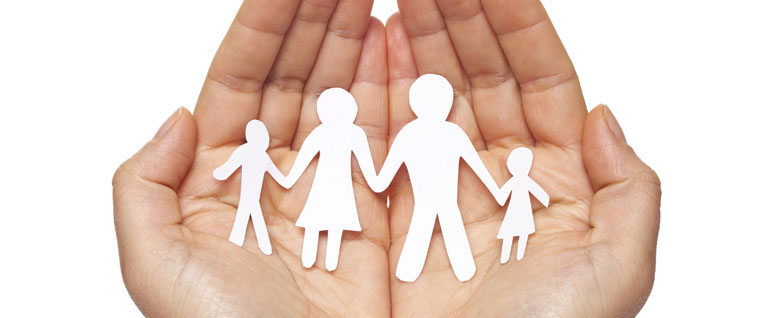Legionnaires' disease is a potentially fatal form of lung infection. It is normally contracted by inhaling small droplets of water that are suspended in the air, containing the bacteria. Legionella pneumophila is commonly found in natural water...
How can we help?
Baby's injury proven to be accidental

Mrs. H was visiting her family in Manchester for a week. She had her baby, J, aged eight months and her two other children, three and five. She was staying with her mother, grandmother and younger brother. Her two sisters lived close by with their families.
On the first evening of the holiday she was getting the children ready for bed. J was sitting on the double bed and her siblings and cousins were playing alongside. Mrs. H. left the room for a moment to fetch J’s pyjamas. In the seconds she was out of the room the other children began jumping up and down on the bed and J tumbled forward, falling and landing on her head. She immediately screamed and was distressed for a few minutes before calming down. Within the next hour Mrs. H. had J and noticed that she became limp, her breathing was laboured and she appeared to have a seizure. She became very worried and asked her 16 year old brother to call an ambulance which he did. The ambulance came and J was admitted to Royal Manchester Children’s Hospital (RMCH) A&E and upon examination was found to have a subdural haemorrhage and in the opinion of the paediatrician, radiologist and neurologist all of the signs of a non-accidental shaking injury.
Children Services were informed and all that Mrs. H. could say was that she had left her daughter for a moment and then heard a scream and found her on the floor. The doctors said that a fall from a bed could not account for the injuries and the likely mechanism to cause the haemorrhage was violent shaking. The case came before a circuit judge. He made it clear that he saw it as an open and shut case of non-accidental injury which he wanted completed as soon as possible and definitely within 26 weeks. Fortunately the three children were placed with a maternal aunt and mum had daily contact.
We became involved when mum asked to see Mike Devlin because she was concerned that her solicitor, who was not a specialist, was not fighting her corner. We listened to her; asked her what her ideal outcome was; and asked her to give her account of events. We agreed on a strategy and agreed we must be completely honest with each other.
Mike Devlin went to court for the case management hearing. The judge wanted to list a trial based on the current medical evidence. He asked all the other parties if they agreed and they did. On behalf of the mother Mike Devlin said that he did not agree and said he was applying for independent expert medical evidence. Despite some initial reluctance, the judge agreed to independent reports from a paediatric neuro radiologist and neuro surgeon. In addition, on behalf of the mother permission was obtained to submit evidence from the family members present in the house at the time of the injury to enable a minute by minute picture to be presented to the judge, the other parties and the expert witnesses. In effect there was a dramatic re-construction of events.
Once all the witness statements had been obtained and the independent experts had been able to examine these and all of the other medical evidence, the independent reports were prepared. Those reports concluded that if the family accounts were accurate then it was possible that the injury would have occurred in the way they described. The experts said it was possible but unusual and stressed that it was ultimately a matter for the court and the judge.
The ultimate test was whether the judge accepted the testimony of the family. These were six family witnesses, including an elderly grandmother who gave her evidence through a translator. What’s more, the paediatrician from RMCH and her colleagues were not wholly convinced so all of the medical experts were called to give evidence.
In the end the Judge was very favourably impressed by the family members and found that their evidence was consistent, sincere and had the ring of truth. He found that the medical experts had a genuine difference of opinion but preferred the independent experts – the ones he had been reluctant to allow earlier in the proceedings. And finally, taking the evidence of the family together with the independent expert evidence he was able to conclude on balance that the mother’s explanation was true. The proceedings concluded. The mother and children who had come to Manchester for a week were able to go home after six months of terrible anxiety.
loading staff
As we enter spring - the growing season, farms become very industrious places, whether they handle livestock or grow crops and other food produce. As such, more jobs become available in the agricultural industry from spring right through the end...
- Louise Griffiths
- Danielle Callaway
- Robert Donlan
- Pauline Smith
- Shahina Sakeria
- Katie Plappert
- Stephen Collins
- Toni Lowery
- Andrew Dunne
- Subiha Khezar

